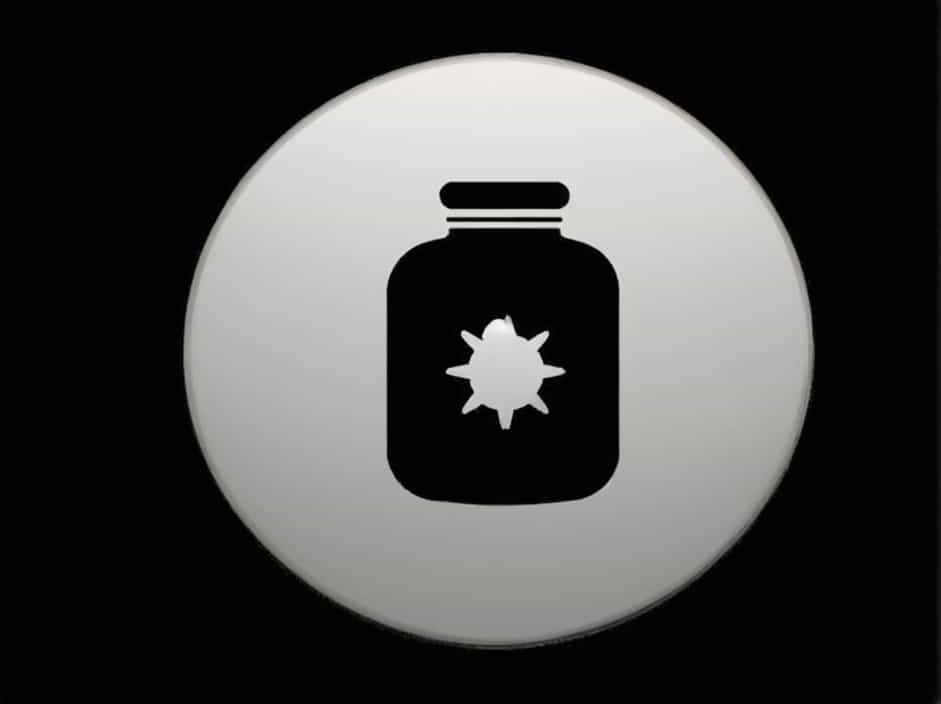The reaction between aluminium (Al) and caustic soda (sodium hydroxide, NaOH) is an important chemical process with various industrial, scientific, and environmental applications. This reaction produces sodium aluminate (NaAlO₂) and hydrogen gas (H₂), making it useful in metal processing, wastewater treatment, and hydrogen fuel production.
In this topic, we will explore:
- What is caustic soda?
- Chemical reaction of aluminium with caustic soda
- Reaction mechanism and factors affecting the process
- Industrial applications
- Environmental significance
- Safety precautions
What is Caustic Soda?
Properties of Sodium Hydroxide (NaOH)
- Molecular Formula: NaOH
- Molar Mass: 40 g/mol
- Physical State: White solid, highly soluble in water
- pH Level: Highly alkaline (strong base)
- Corrosiveness: Highly reactive with metals, skin, and organic materials
Caustic soda is a strong base used in many industries, including soap making, paper manufacturing, and metal refining. It readily dissolves in water, releasing heat and forming an alkaline solution.
Reaction of Aluminium with Caustic Soda
Balanced Chemical Equation
When aluminium reacts with sodium hydroxide in the presence of water, it forms sodium aluminate (NaAlO₂) and hydrogen gas (H₂):
This reaction is highly exothermic, meaning it releases heat and occurs rapidly in concentrated NaOH solutions.
Observations During the Reaction
- Aluminium dissolves in caustic soda, forming a clear or cloudy solution.
- Bubbles of hydrogen gas are released, creating effervescence.
- Heat is generated, making the solution hot to the touch.
- If impure aluminium (like foil or scrap metal) is used, the reaction may be slower due to protective coatings.
Why Does Aluminium React with Caustic Soda?
Although aluminium is a reactive metal, it is normally protected by a thin layer of aluminium oxide (Al₂O₃), which prevents further reaction. However, sodium hydroxide dissolves this oxide layer, exposing the pure aluminium beneath and allowing the reaction to continue.
Reaction Mechanism and Factors Affecting the Process
Step-by-Step Mechanism
- Dissolution of the Oxide Layer
- NaOH attacks the aluminium oxide layer:
Al_2O_3 + 2NaOH + 3H_2O rightarrow 2NaAl(OH)_4
- This exposes the underlying aluminium metal.
- NaOH attacks the aluminium oxide layer:
- Reaction of Aluminium with Water and NaOH
- The exposed aluminium reacts with NaOH and water, forming sodium aluminate and releasing hydrogen gas:
2Al + 2NaOH + 6H_2O rightarrow 2NaAl(OH)_4 + 3H_2
- The exposed aluminium reacts with NaOH and water, forming sodium aluminate and releasing hydrogen gas:
- Completion of Reaction
- The reaction continues until all available aluminium is converted into sodium aluminate or NaOH is depleted.
Factors Affecting the Reaction Rate
- Concentration of NaOH: Higher concentrations increase reaction speed.
- Temperature: Higher temperatures accelerate the process.
- Surface Area of Aluminium: Powdered or finely divided aluminium reacts faster than solid blocks.
- Impurities in Aluminium: Coated or anodized aluminium reacts more slowly due to protective layers.
Industrial Applications of Aluminium and Caustic Soda Reaction
1. Aluminium Recycling and Refining
- Used in bauxite ore processing to extract pure aluminium.
- Involves the Bayer process, where NaOH dissolves aluminium compounds, leaving impurities behind.
- Helps recover valuable aluminium from scrap metal.
2. Hydrogen Gas Production
- The reaction produces hydrogen gas, which can be used as clean fuel.
- Could be a potential low-cost method for hydrogen generation.
- Useful in portable hydrogen fuel cells and small-scale power applications.
3. Water Treatment and Purification
- Sodium aluminate (NaAlO₂) is used as a coagulant in water treatment plants.
- Helps remove phosphates, suspended solids, and heavy metals from wastewater.
- Prevents scaling in boilers and industrial equipment.
4. Chemical Manufacturing
- Used in the production of aluminium-based chemicals like aluminium sulfate (Al₂(SO₄)₃) and zeolites.
- Key ingredient in paper production, detergents, and synthetic catalysts.
5. Etching and Surface Treatment of Metals
- NaOH is used to clean and etch aluminium surfaces before painting or anodizing.
- Helps create uniform, corrosion-resistant coatings on metal parts.
Environmental Significance of Aluminium and Caustic Soda Reaction
1. Sustainable Hydrogen Production
- Producing hydrogen from aluminium and NaOH offers a renewable energy source.
- Could reduce dependence on fossil fuels and lower carbon emissions.
2. Reducing Waste in Aluminium Processing
- The reaction helps recover aluminium from scrap materials, promoting metal recycling.
- Reduces the environmental impact of bauxite mining and aluminium smelting.
3. Wastewater Treatment and Pollution Control
- Sodium aluminate helps remove toxic metals and phosphates from industrial wastewater.
- Reduces the risk of water pollution and ecosystem damage.
Safety Precautions When Handling Aluminium and Caustic Soda
1. Highly Corrosive Nature of NaOH
- Caustic soda causes severe burns on skin and eyes.
- Always wear gloves, goggles, and protective clothing when handling.
2. Hydrogen Gas is Flammable
- The reaction releases hydrogen gas (H₂), which is highly flammable.
- Conduct the reaction in a well-ventilated area away from open flames.
3. Exothermic Reaction Can Cause Burns
- The reaction generates heat, making the solution hot to the touch.
- Use heat-resistant containers and avoid direct skin contact.
4. Proper Storage of NaOH and Aluminium
- Store NaOH in airtight containers to prevent moisture absorption.
- Keep aluminium away from acids and bases to avoid unintended reactions.
The reaction between aluminium and caustic soda is a powerful chemical process with diverse industrial applications, from metal refining to hydrogen production. The reaction produces sodium aluminate and hydrogen gas, making it valuable for wastewater treatment, chemical synthesis, and energy generation.
While this reaction has many scientific and environmental benefits, it also requires careful handling due to its highly exothermic nature and the release of flammable hydrogen gas. With proper safety precautions, this reaction remains a valuable tool in chemical engineering, metallurgy, and sustainable energy research.
As industries move toward eco-friendly and efficient chemical processes, the reaction of aluminium with NaOH will continue to play a crucial role in recycling, clean energy, and industrial waste management.
